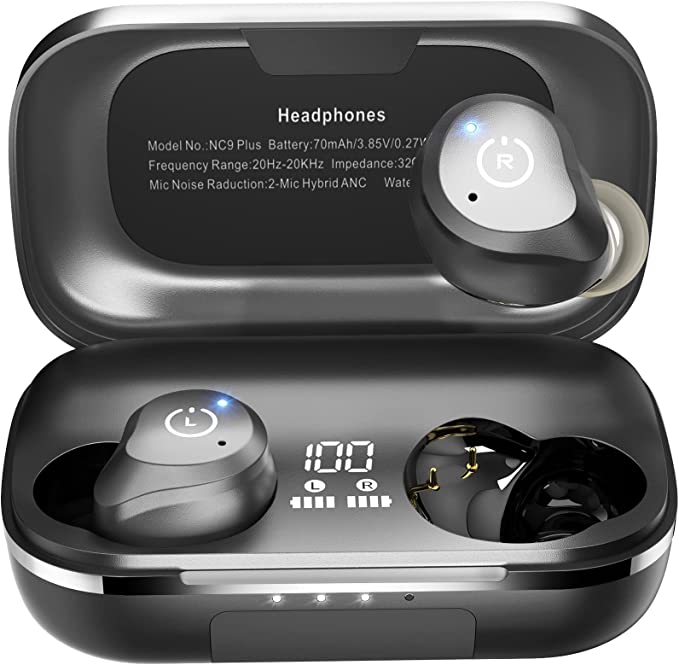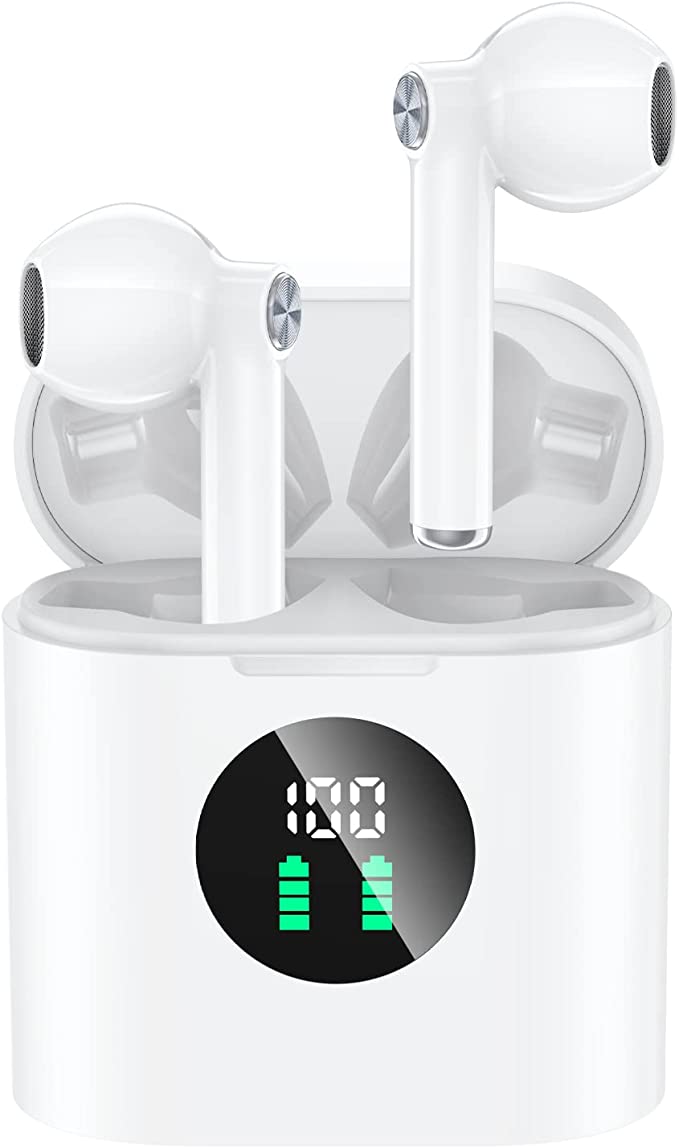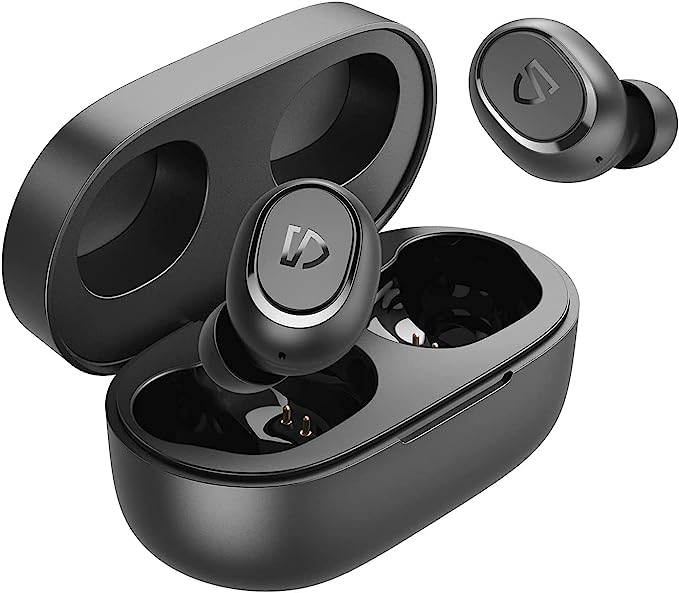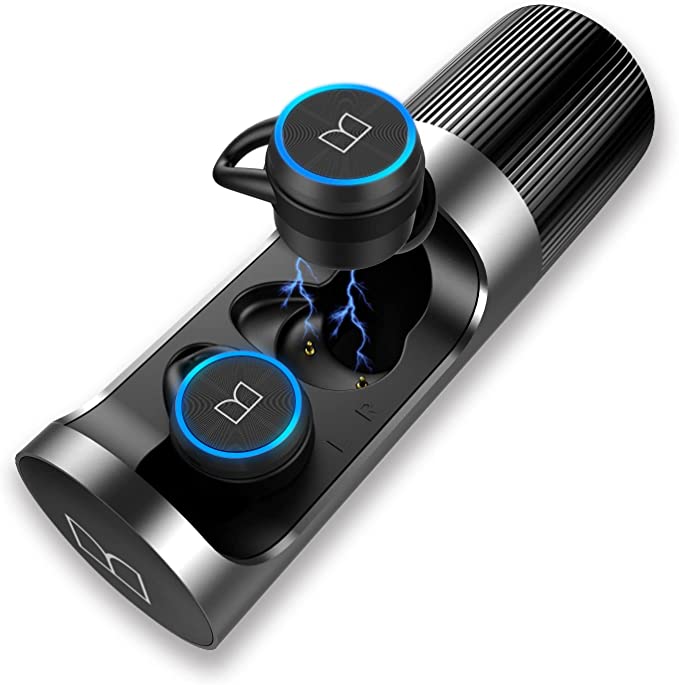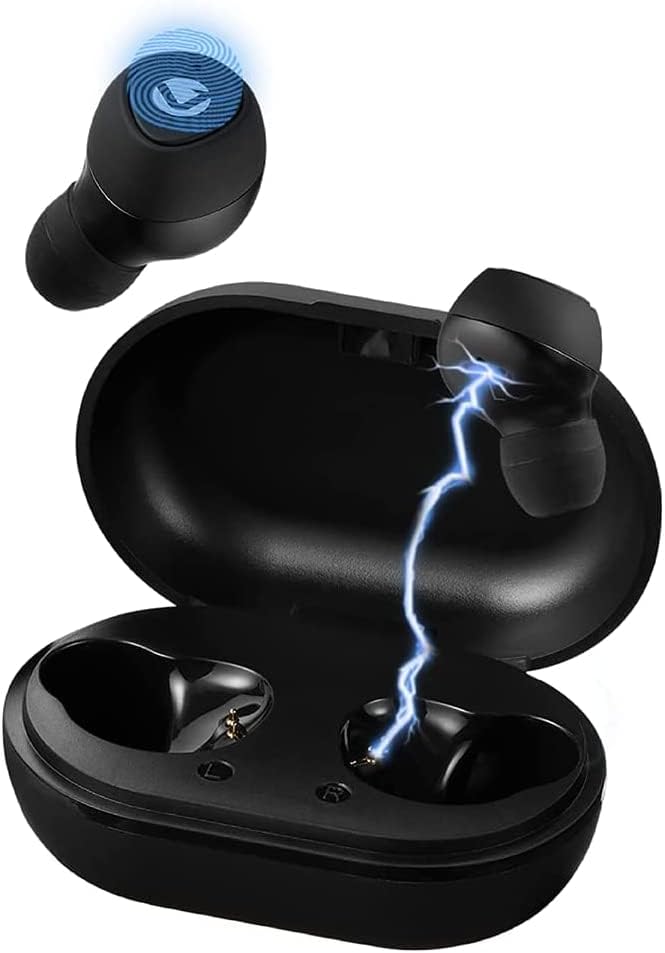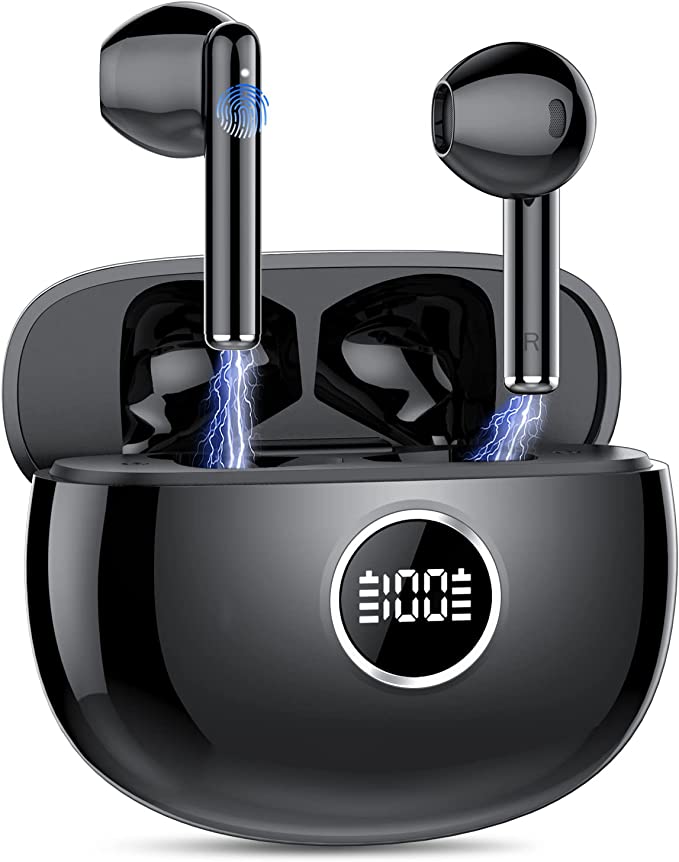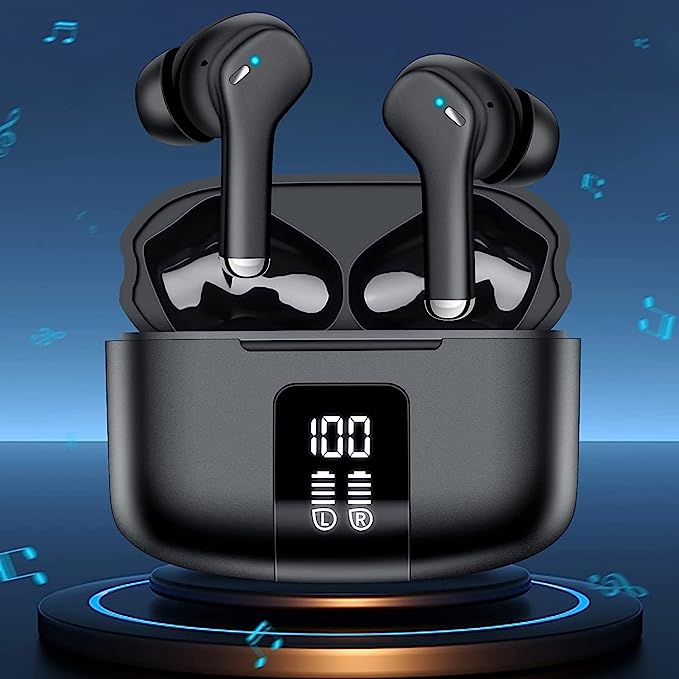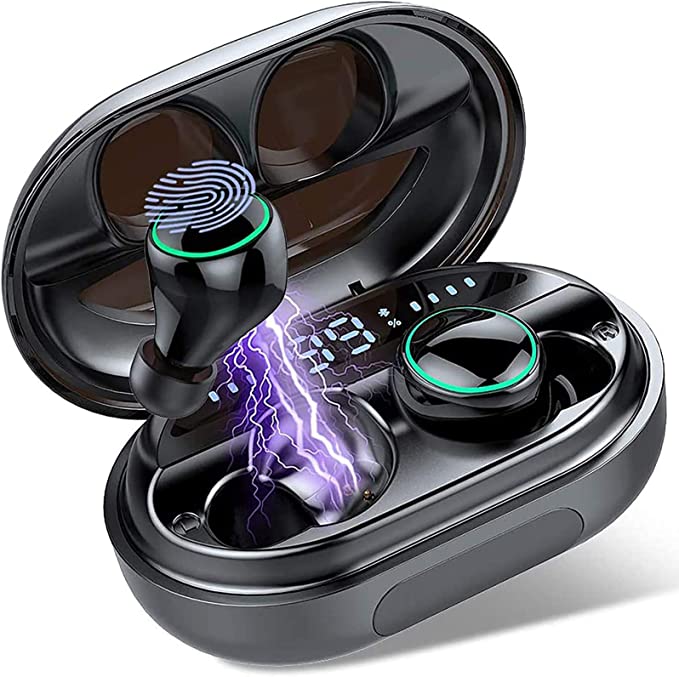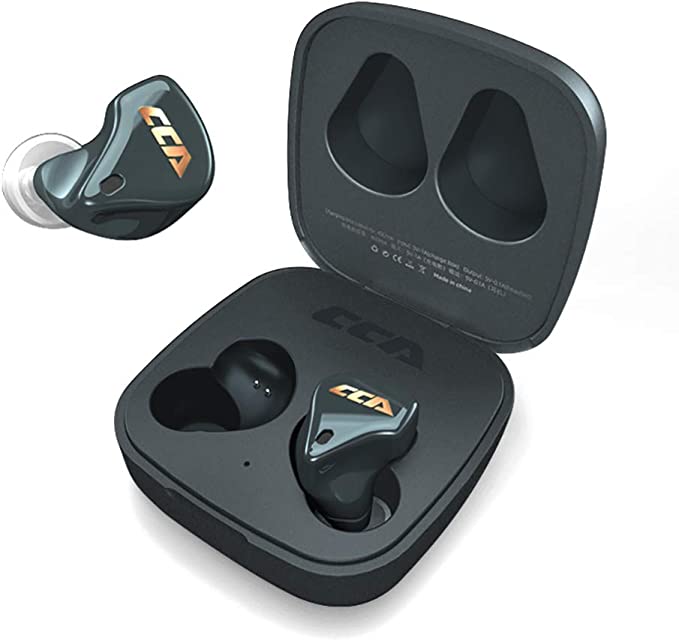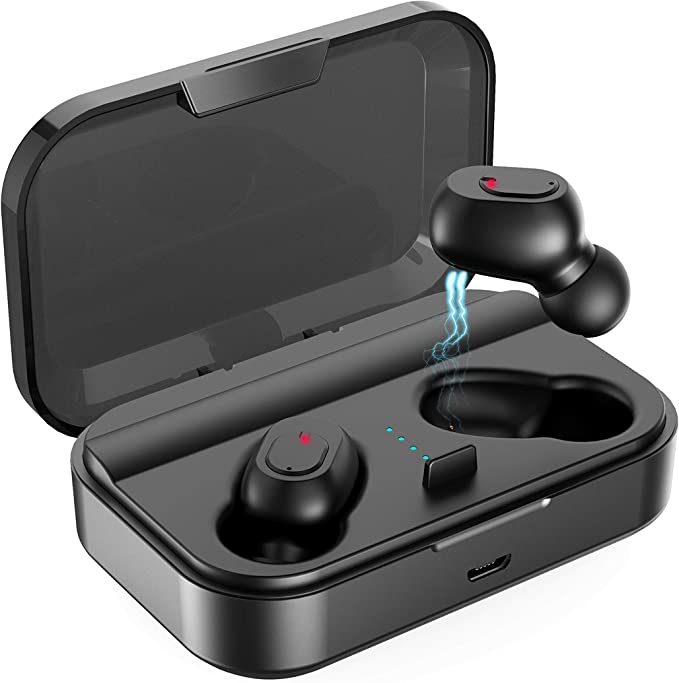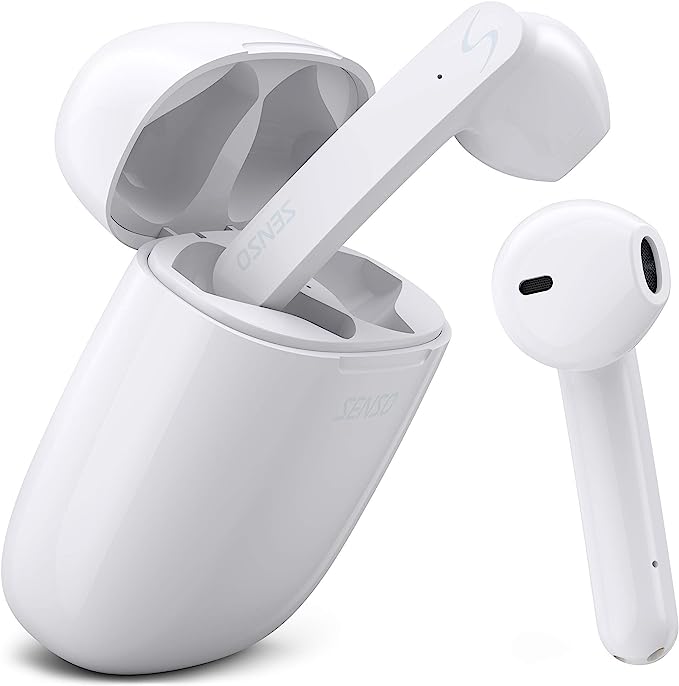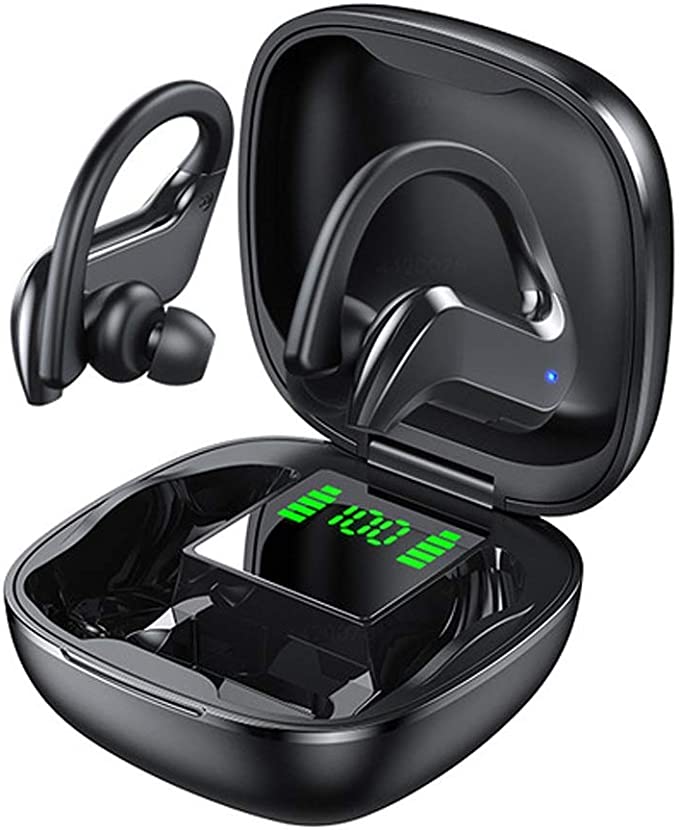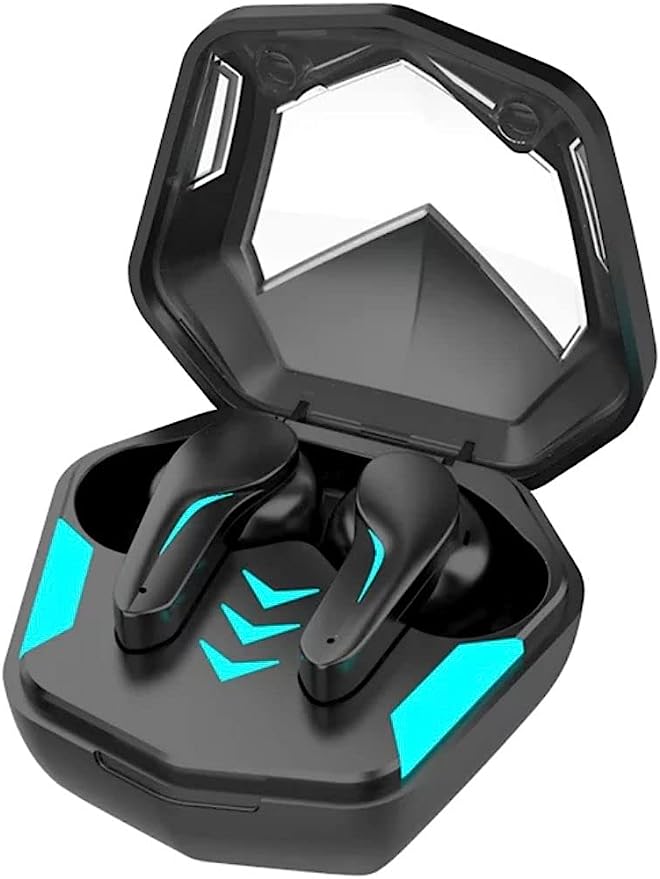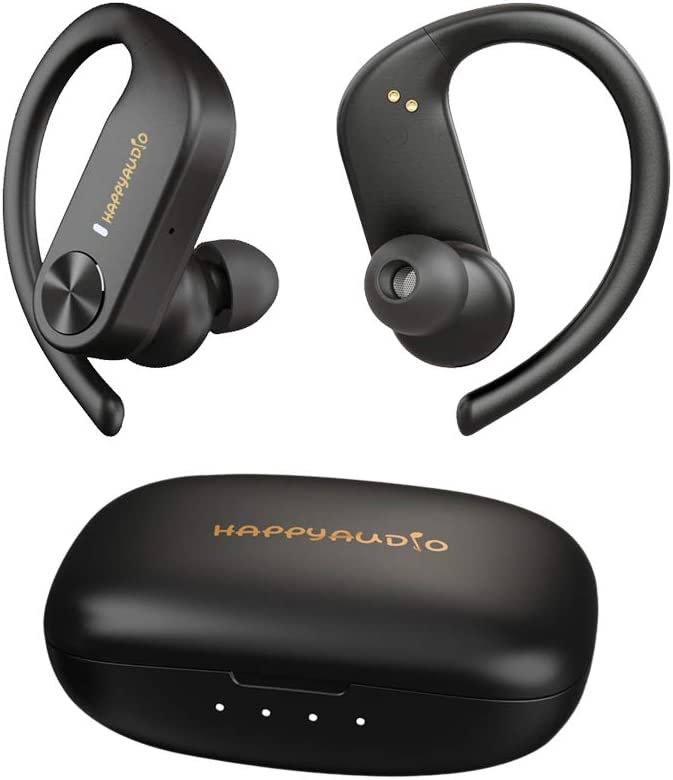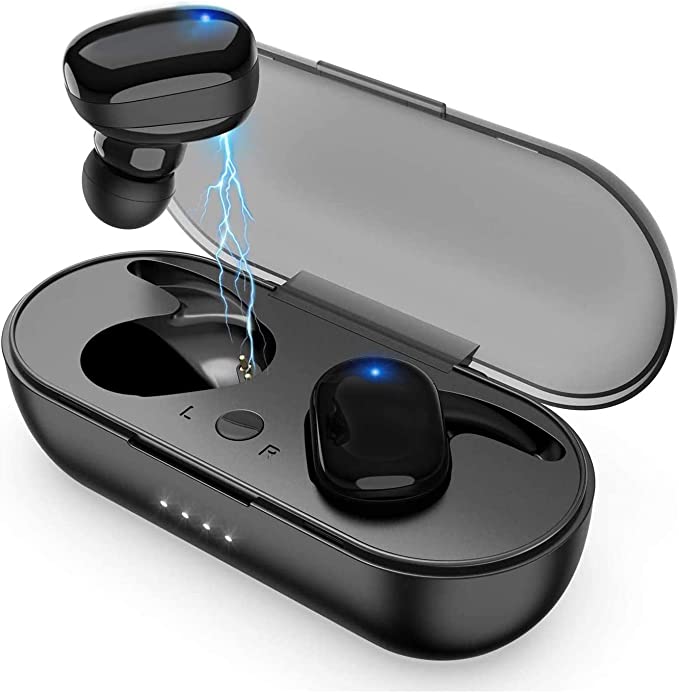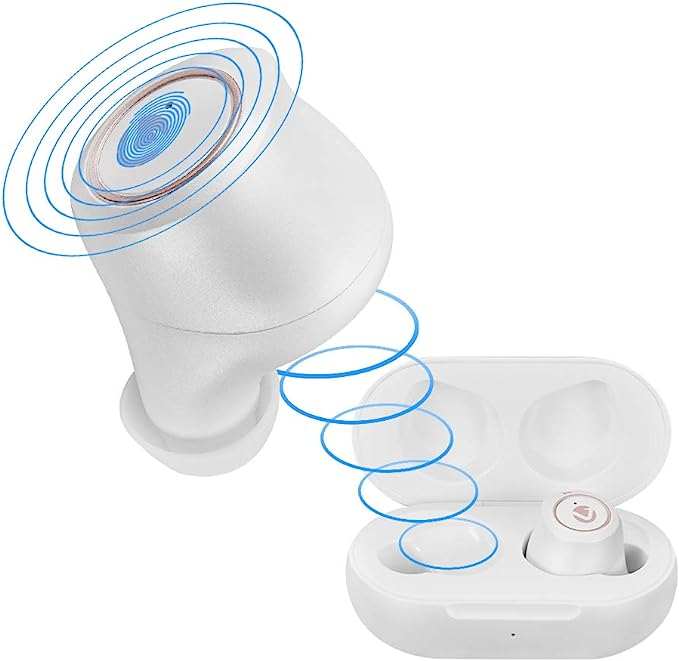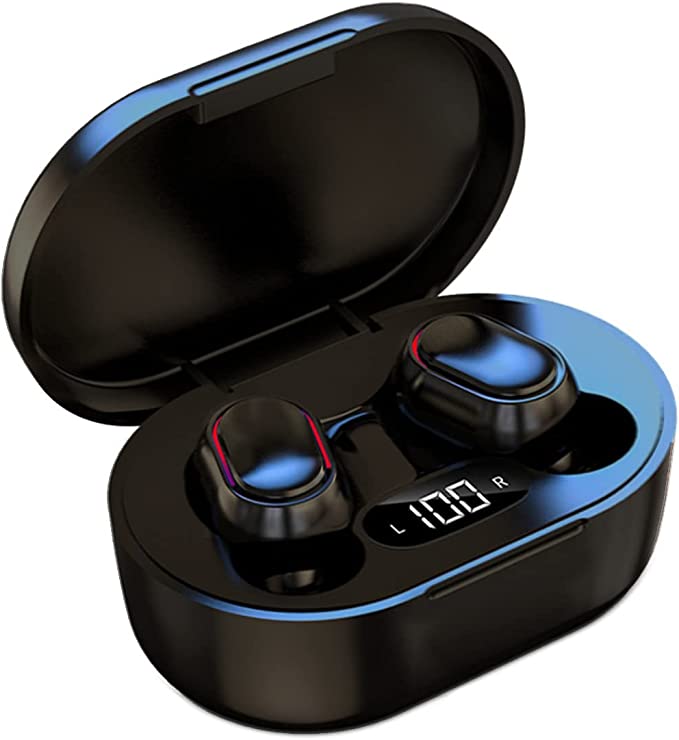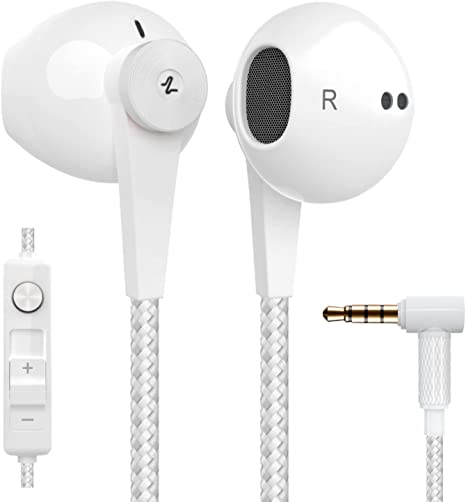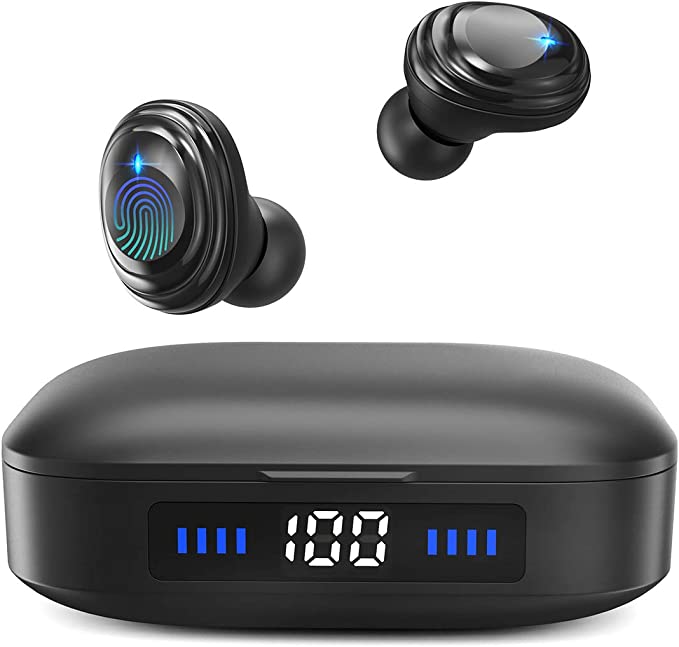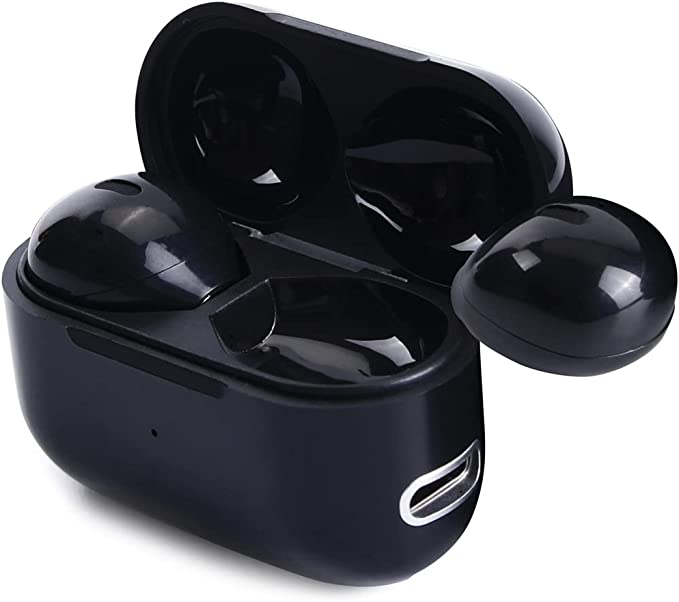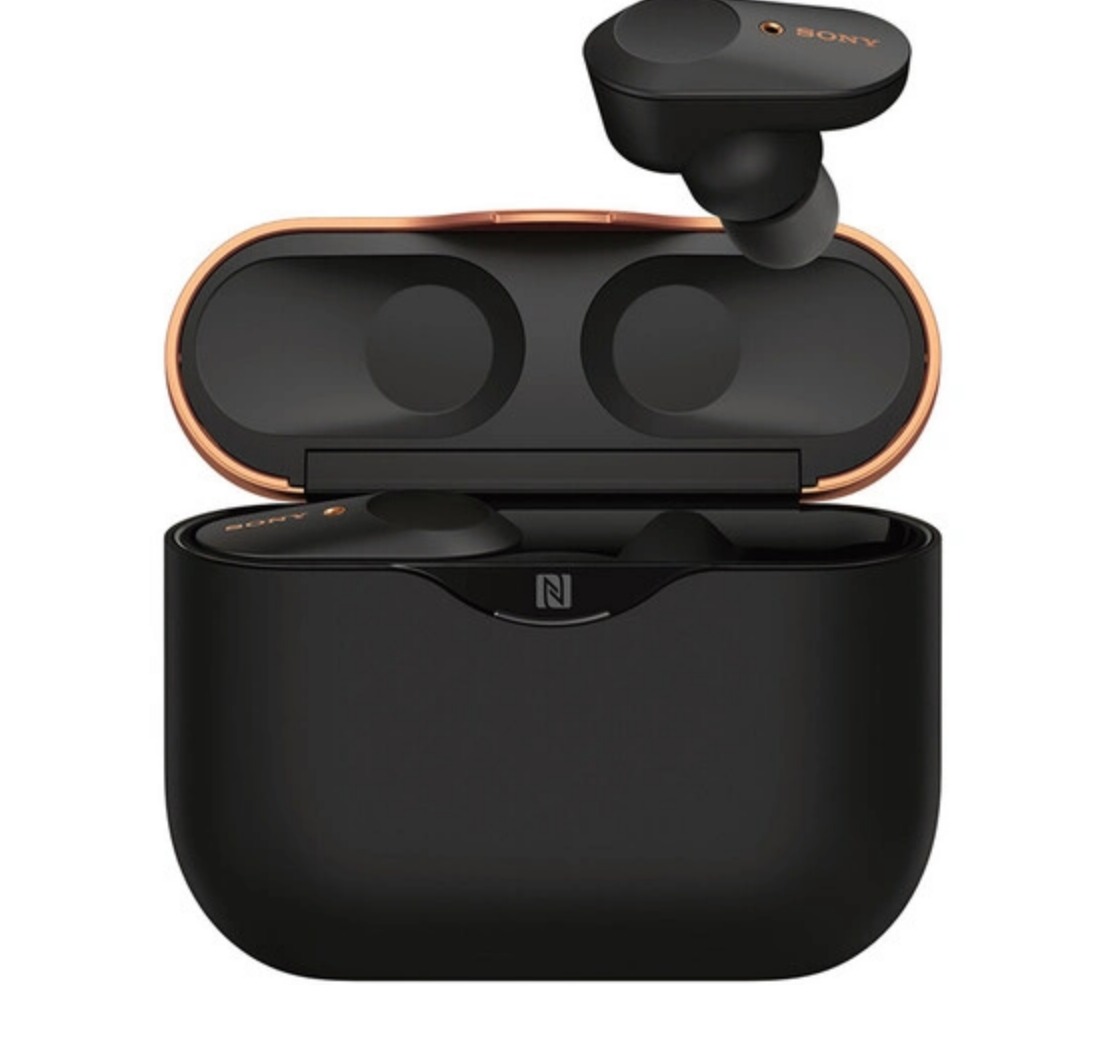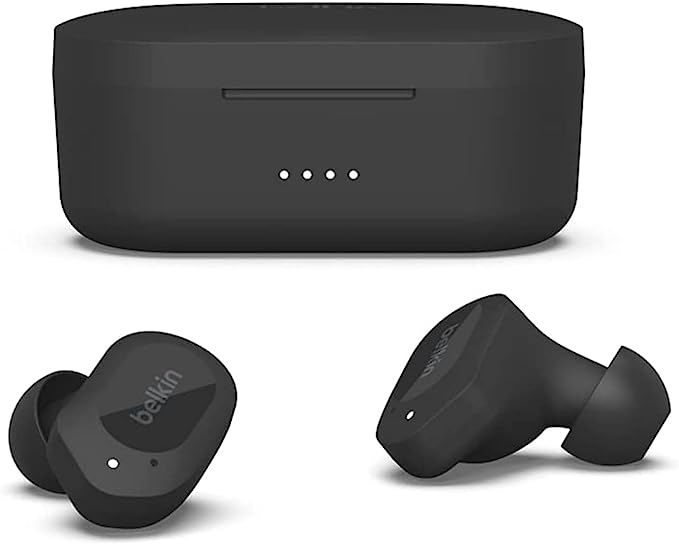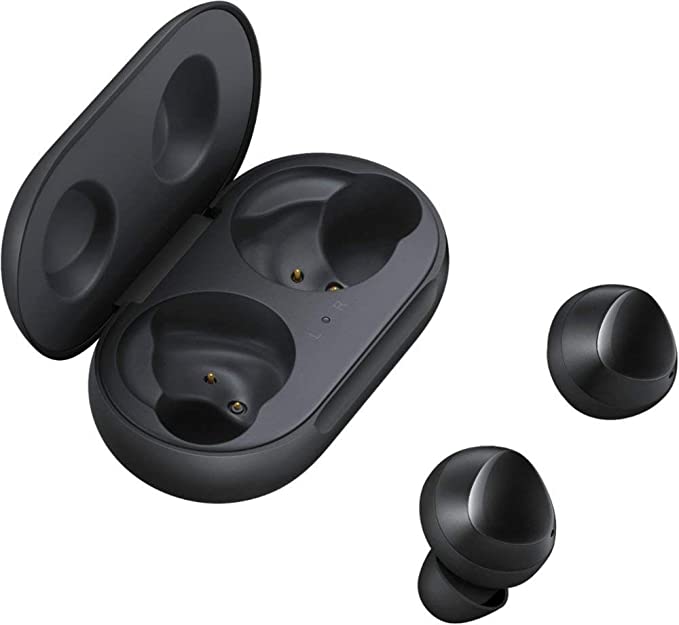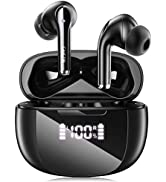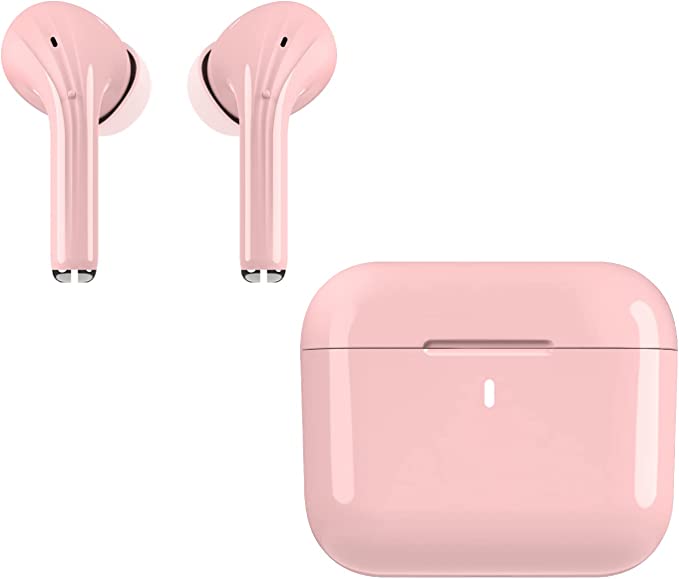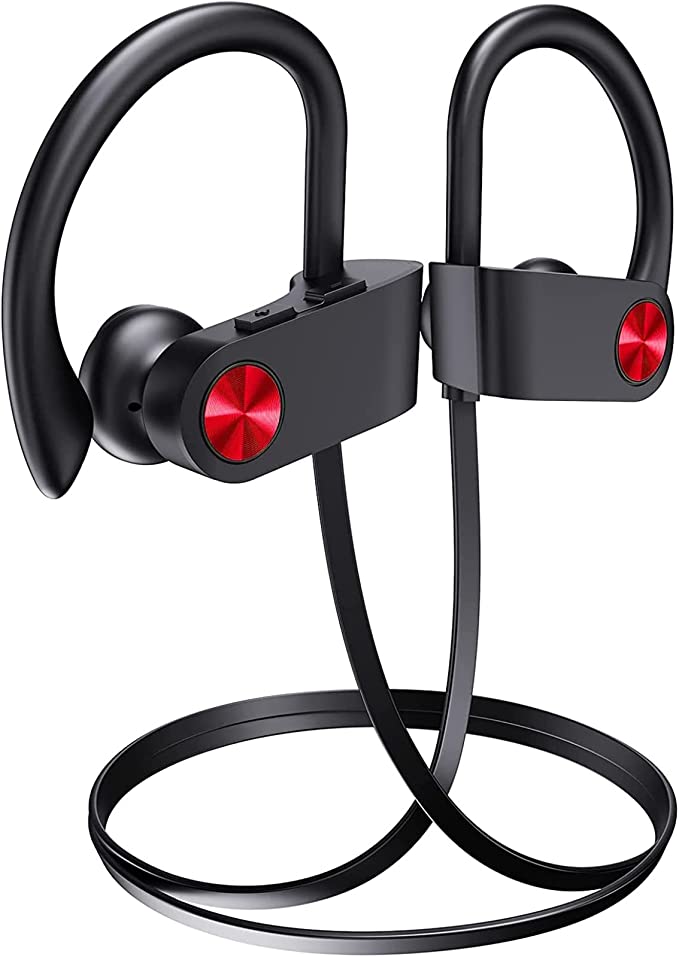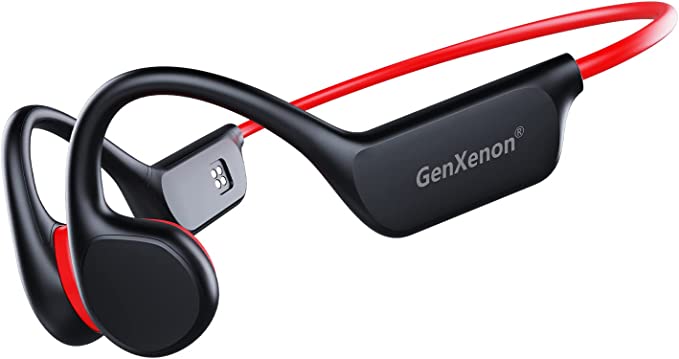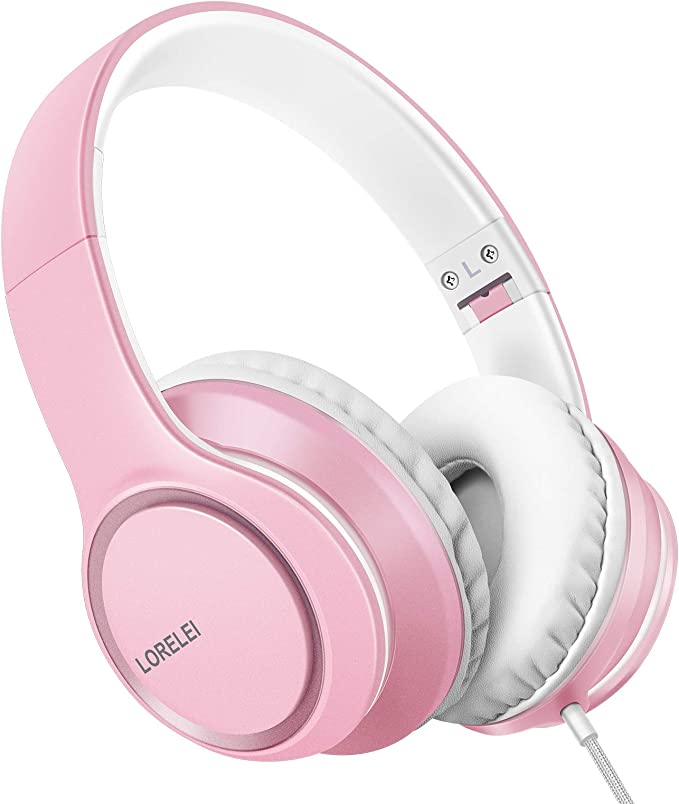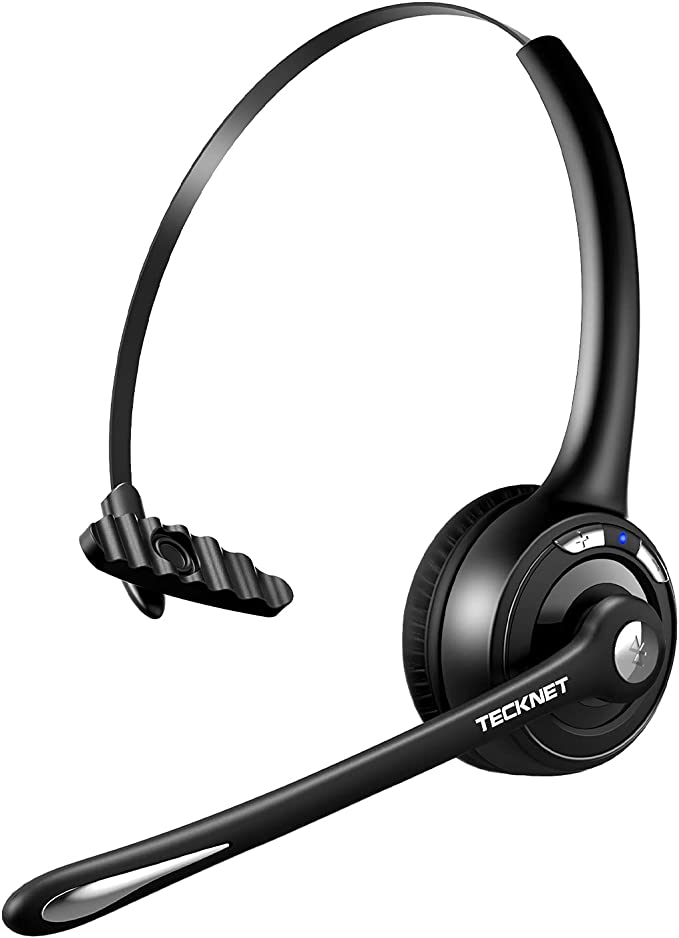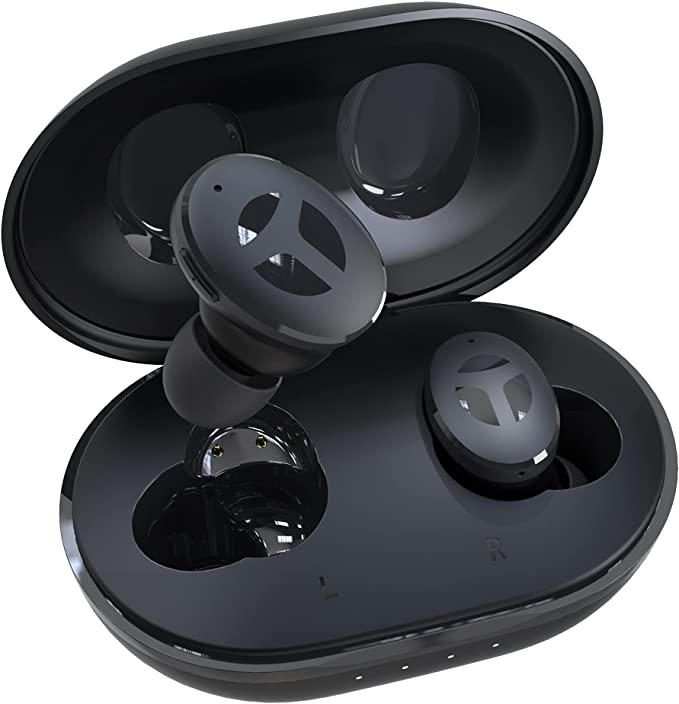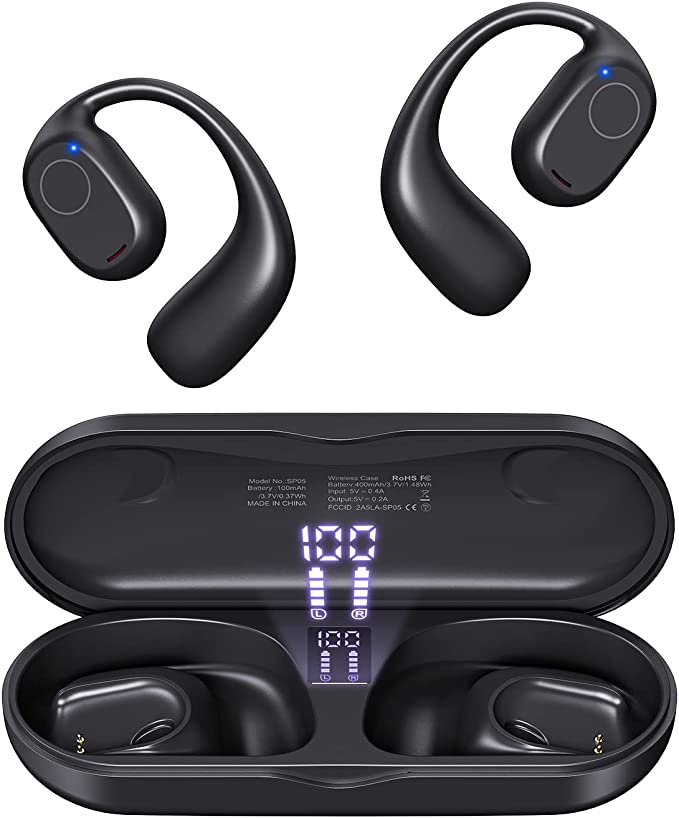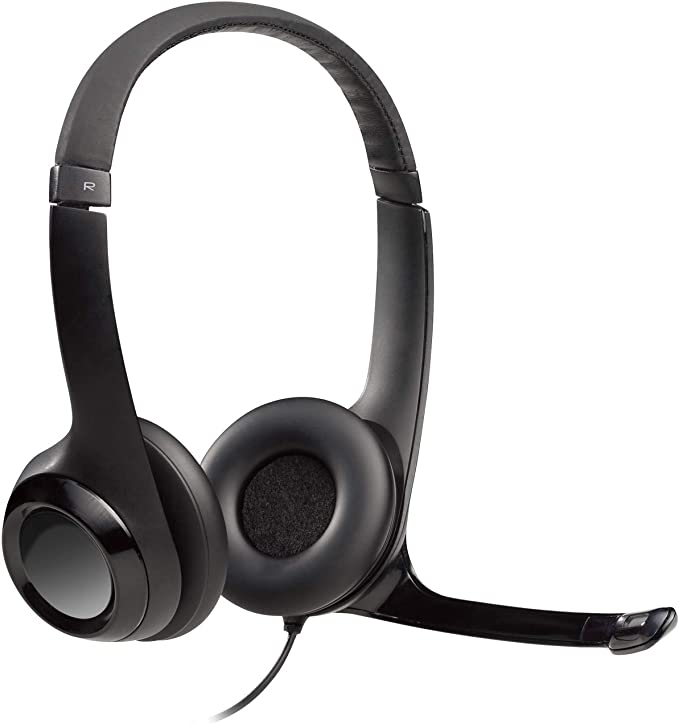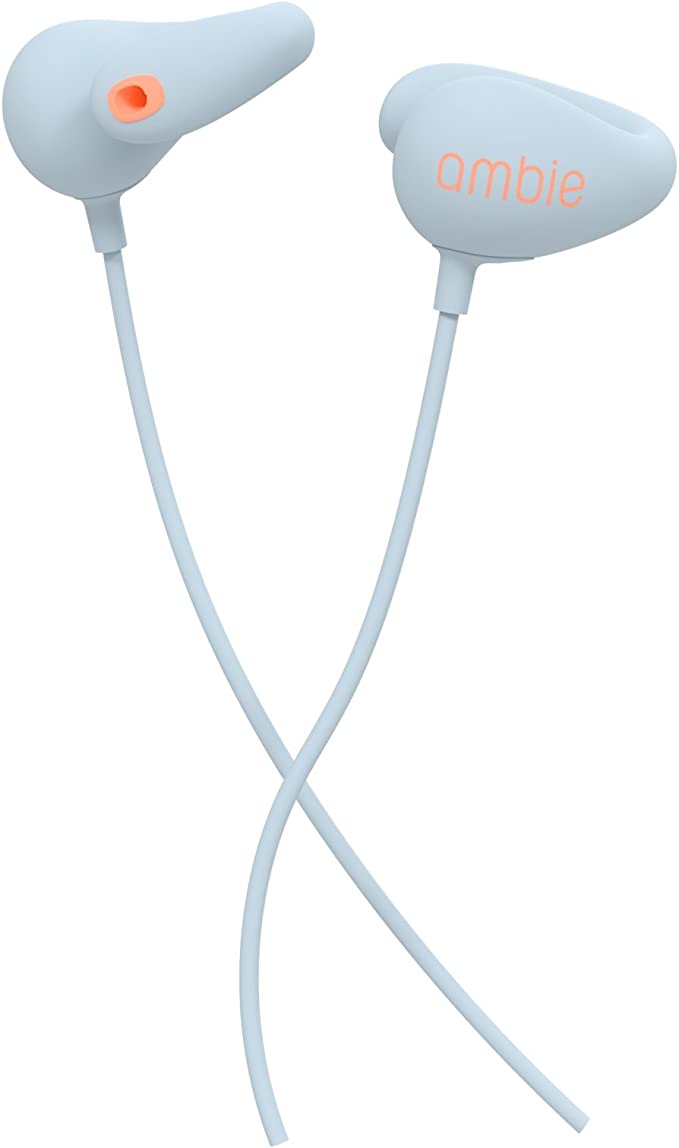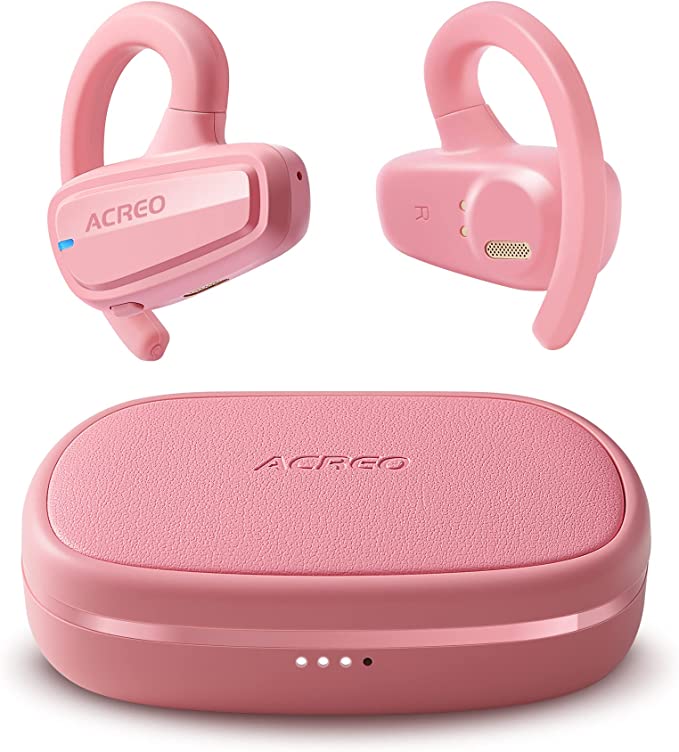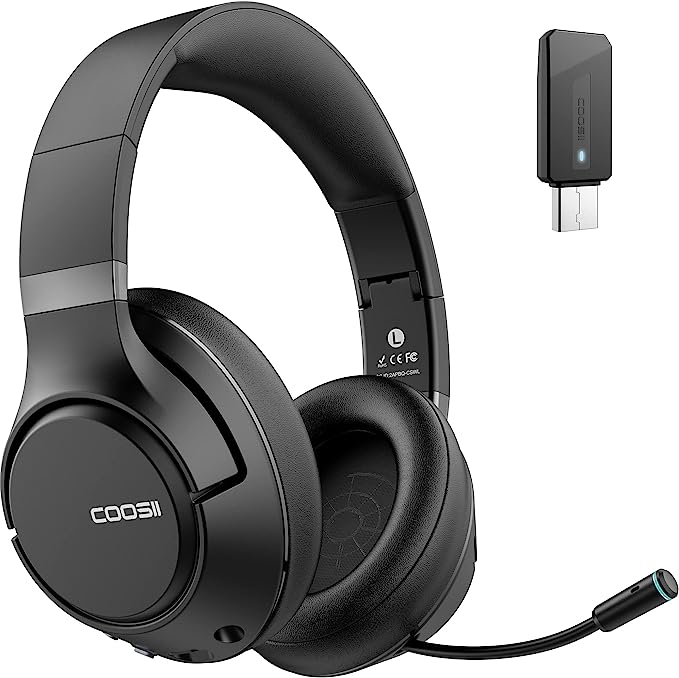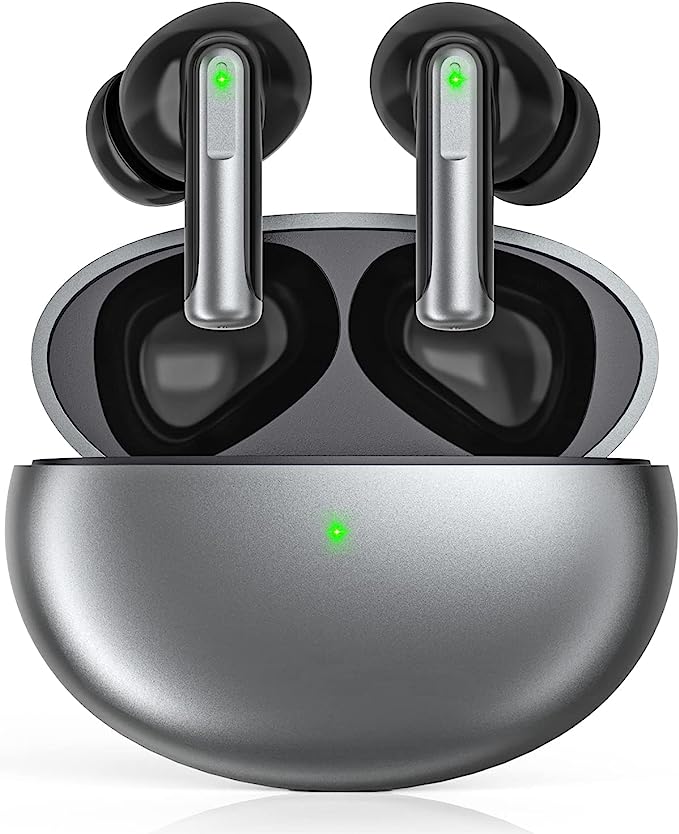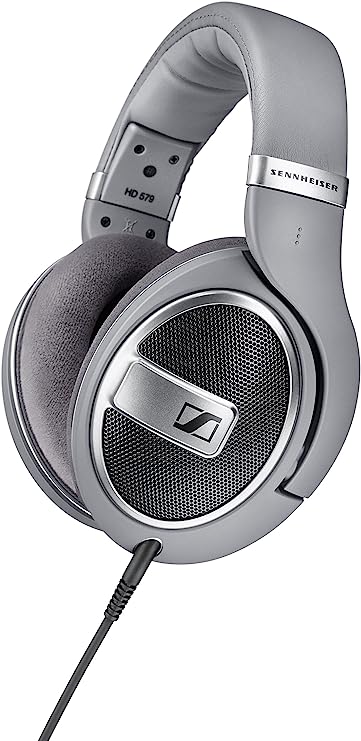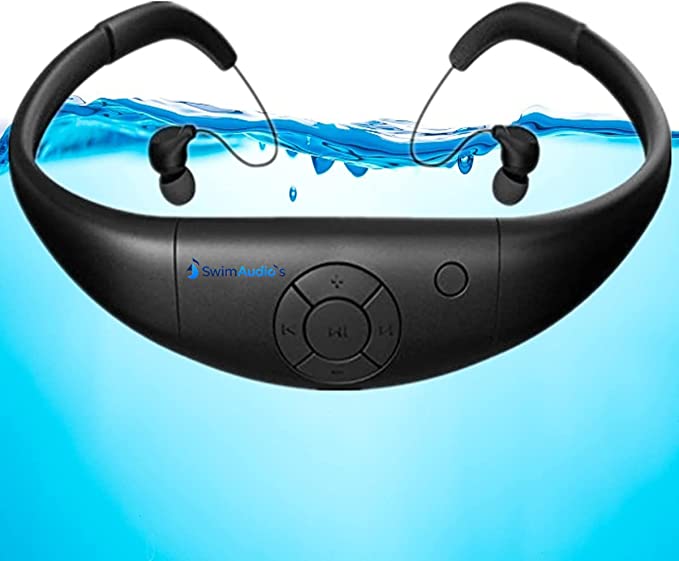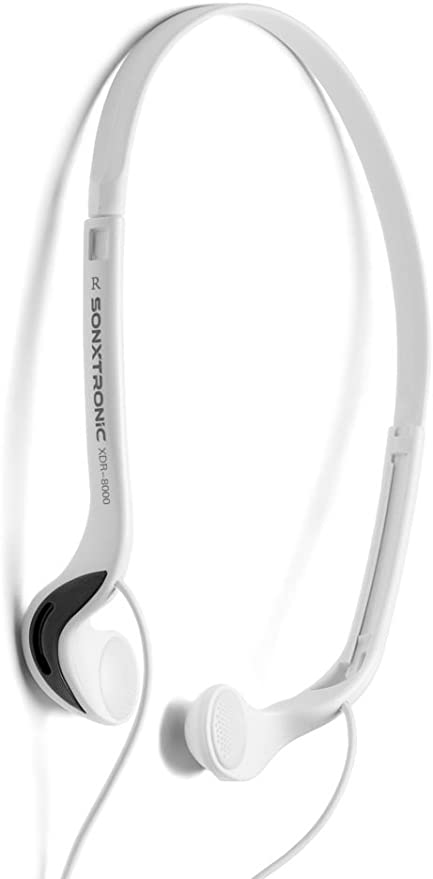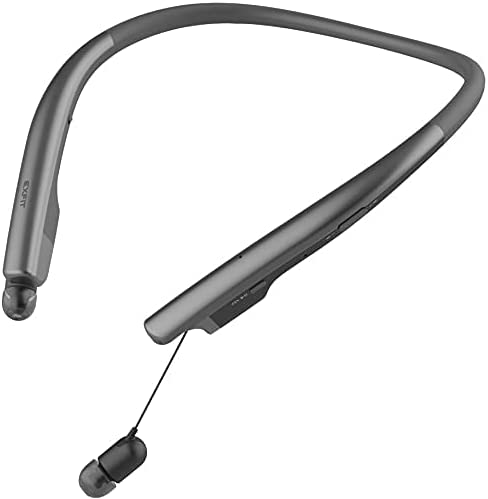BEBEN T20 True Wireless Earbuds: Unleash Your Sound with Long-Lasting Power
Update on Aug. 24, 2025, 4:51 p.m.
We’ve all known the quiet frustration. The snag of a headphone cable on a doorknob, the ritual untangling of a pocket-knotted mess—these were once the tiny, universal taxes paid for portable sound. The dream was always of freedom, of music that could simply be with us, untethered and seamless. Today, that dream is a ubiquitous reality in the form of True Wireless Stereo (TWS) earbuds. But beneath their sleek plastic shells lies a universe of scientific principles and engineering trade-offs.
To truly understand this revolution, we need a guide. Not a marketing brochure, but a map to the technology itself. Let’s use a common, accessible example as our subject for dissection: the BEBEN T20 True Wireless Earbuds. By examining its features, not for review but for revelation, we can uncover the fascinating science that powers the entire TWS ecosystem.

The Digital Handshake: Weaving Sound from Air
The first miracle of any TWS earbud is the invisible link to your device. The BEBEN T20 specifies Bluetooth 5.0, a term we see everywhere, but what does it truly signify? At its core, Bluetooth is a sophisticated protocol for short-range radio communication, operating in the bustling 2.4 GHz frequency band—the same public space used by Wi-Fi, microwaves, and countless other devices.

To avoid chaos, Bluetooth employs a clever technique called Frequency-Hopping Spread Spectrum (FHSS). Instead of shouting on one channel, it rapidly hops between dozens of channels, thousands of times per second, in a sequence known only to the paired devices. This digital handshake is what makes the connection robust against interference.
However, the version number, 5.0 in this case, doesn’t tell the whole story of audio quality. It defines the highway’s speed limit and efficiency, but the actual quality of the cargo—your music—is determined by the audio codec. A codec is an algorithm that compresses sound for its wireless journey and decompresses it at the earbud. Most earbuds like the T20 support the baseline SBC codec, which is universal but can sometimes result in audible data loss, like a slightly blurry photo. Many also support AAC, which is more efficient and favored by Apple devices. The key takeaway is that the Bluetooth connection is a complex partnership between the protocol’s efficiency and the codec’s fidelity.

The Alchemy of Silence: Crafting Quiet from Noise
Perhaps the most alluring feature in modern audio is Active Noise Cancellation (ANC). The T20 claims “Active Noise Reduction,” a feature its users rate at a modest 3.2 out of 5. This rating is not a failure, but a fascinating lesson in the physics and economics of ANC.
The principle behind ANC is elegantly simple: destructive interference. Sound travels as a wave with peaks and troughs. If you can generate a second sound wave that is a perfect mirror image—with a trough for every peak and a peak for every trough—the two waves will meet and cancel each other out. This mirror-image wave is called “anti-noise.”
To achieve this, an earbud needs at least one outward-facing microphone to listen to the ambient environment. This is known as a feedforward system. A processor inside the earbud analyzes the noise and generates the anti-noise in milliseconds. This is a brilliant but imperfect solution. It struggles with sudden, unpredictable sounds and can sometimes be less effective if the earbud’s seal in the ear isn’t perfect.
This is likely the technology at play in many entry-level earbuds. The 3.2/5 rating reflects this reality: it can effectively reduce constant, low-frequency hums like an airplane cabin or an air conditioner, but it lacks the surgical precision of more advanced hybrid systems. Premium earbuds add a second, internal microphone (feedback) that listens to the sound inside your ear canal, allowing the processor to correct for any noise that leaked past the seal and errors in the anti-noise signal. This dual-microphone approach is exponentially more complex and costly, and it’s the primary reason for the vast performance chasm between budget and flagship ANC.

Forged Against the Elements: Decoding IPX7
The promise of taking your music anywhere is only as good as the hardware’s durability. The BEBEN T20 carries an IPX7 rating, a standardized mark of resilience against water. This code, from the International Electrotechnical Commission’s standard 60529, is a precise language of toughness.
The “IP” stands for Ingress Protection. The “7” signifies a high level of water protection, certifying that the device can survive being fully submerged in up to one meter of fresh water for thirty minutes. This is accomplished through meticulous engineering, using tiny rubber gaskets and seals to protect seams and charging points, often augmented by invisible hydrophobic nano-coatings on the internal circuitry.
Just as important, however, is the “X.” It means the product has not been tested or rated for protection against the ingress of solid particles. So while the T20 is a capable partner for a sweaty run or an unexpected rain shower, its unrated status against dust and sand means caution is warranted at the beach.

The Pocket-Sized Power Plant: Life and Entropy
An earbud is ultimately a slave to its battery. The T20’s “35H Cyclic Playtime” is a tale of two power sources: the tiny Lithium-Polymer (Li-Po) cells within each 4-gram earbud, providing about 5 hours of continuous use, and the larger battery in the charging case, which holds about six full recharges.
The term “cyclic” is crucial. These batteries, like all their brethren, have a finite lifespan measured in charge cycles. Each time you deplete and recharge them, a tiny, irreversible amount of their capacity is lost. This is a fundamental law of their chemistry. The 35-hour total is a best-case scenario when the product is new; over a year or two of regular use, that total will inevitably decrease. This isn’t a flaw in the product but a limitation of our current battery technology. The use of a USB-C port for charging is a nod to modernity, offering a robust, reversible connector that has become the welcome standard across the electronics industry.

Ultimately, a device like the BEBEN T20 is far more than the sum of its parts. It’s a pocketable museum of converged technologies. It holds the legacy of radio pioneers, the elegant physics of wave interference, the marvels of materials science, and the relentless march of battery chemistry. By understanding the science embedded within, we transform from passive consumers into informed listeners, empowered to appreciate not just the music, but the incredible symphony of innovation that delivers it to our ears.
